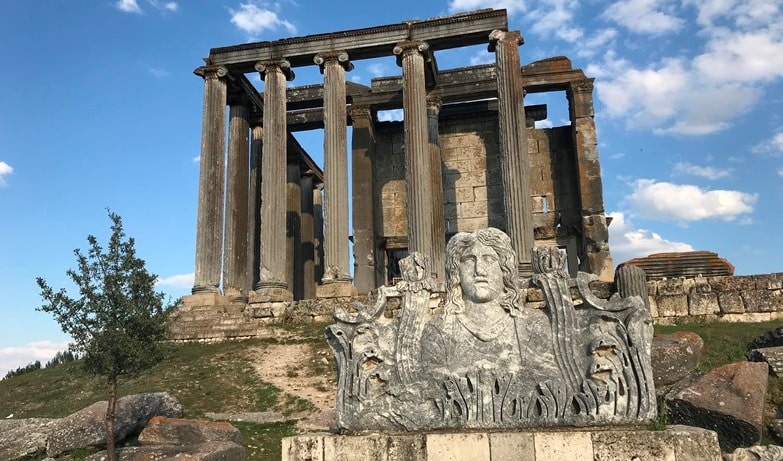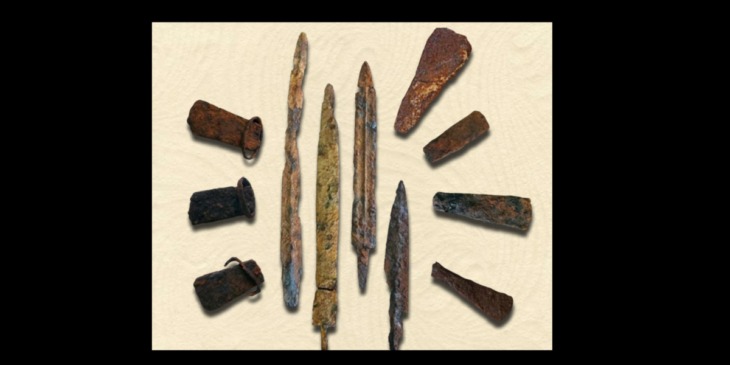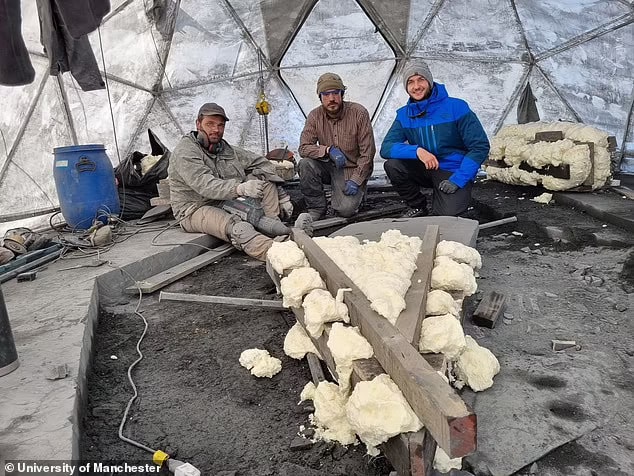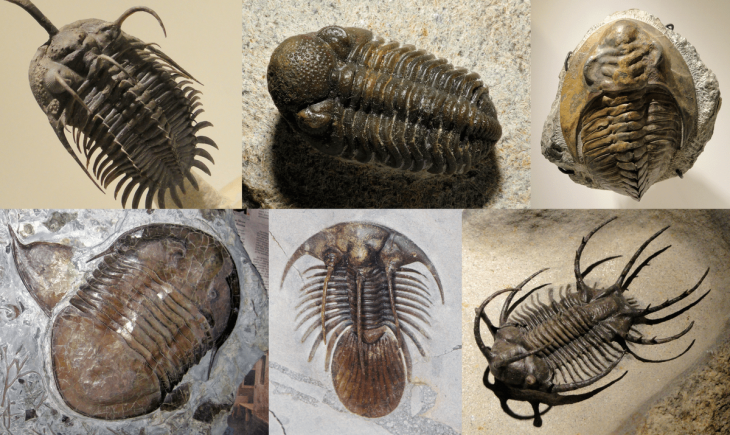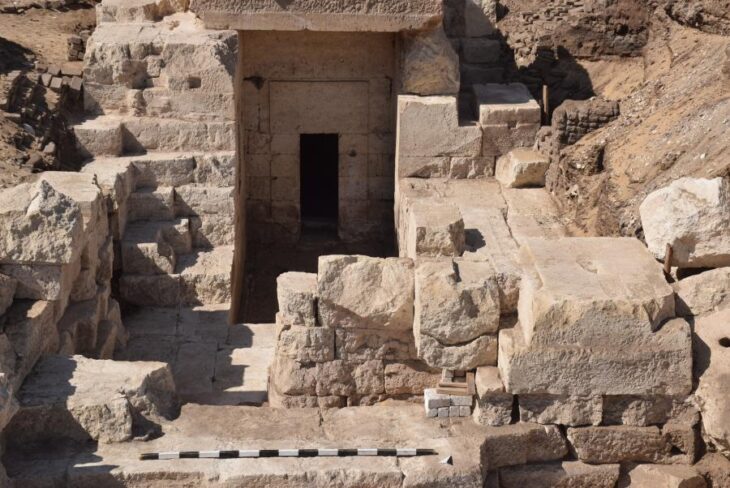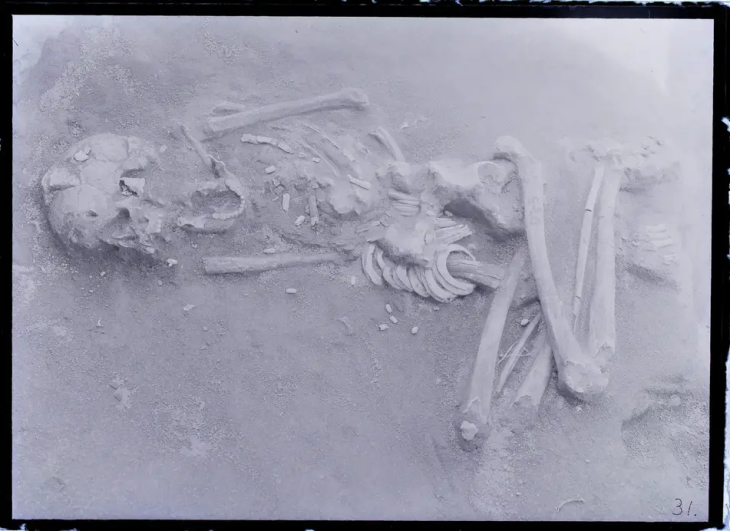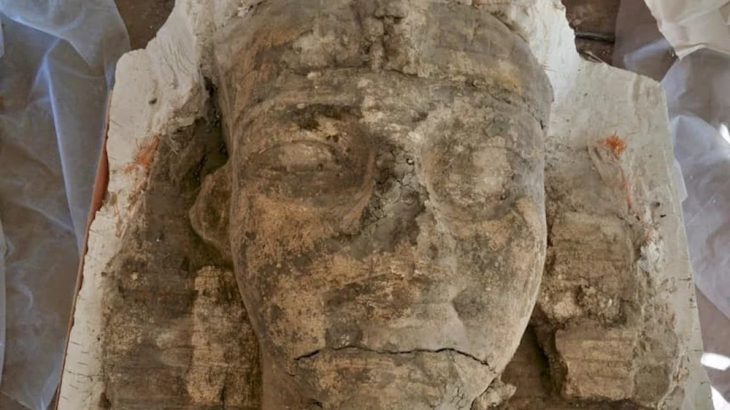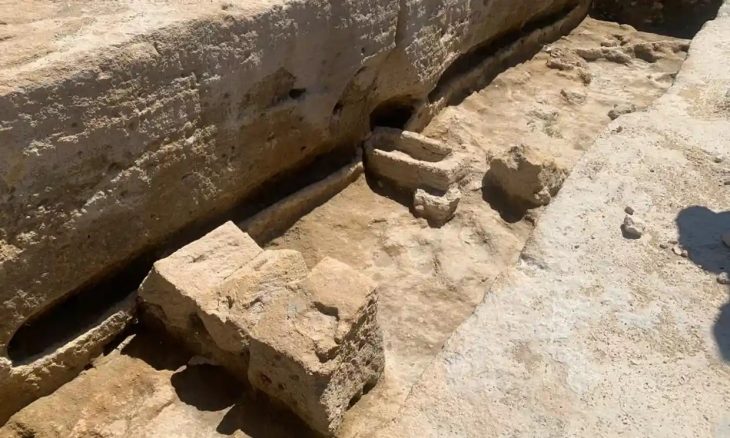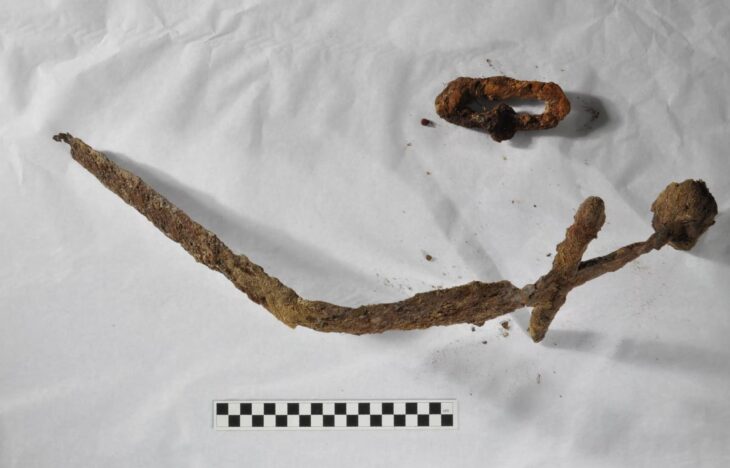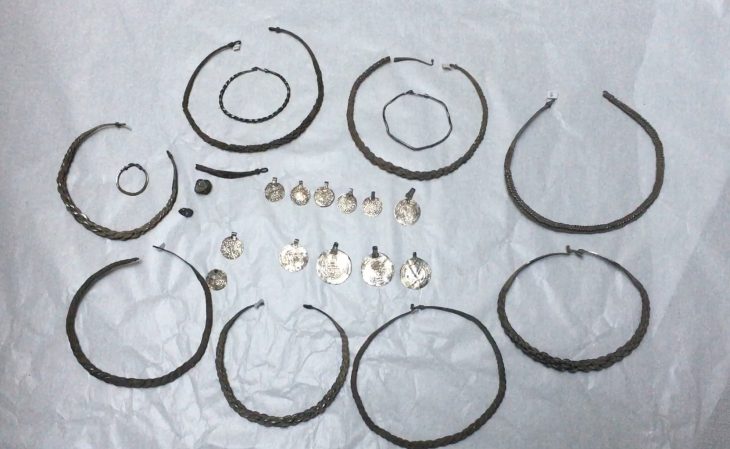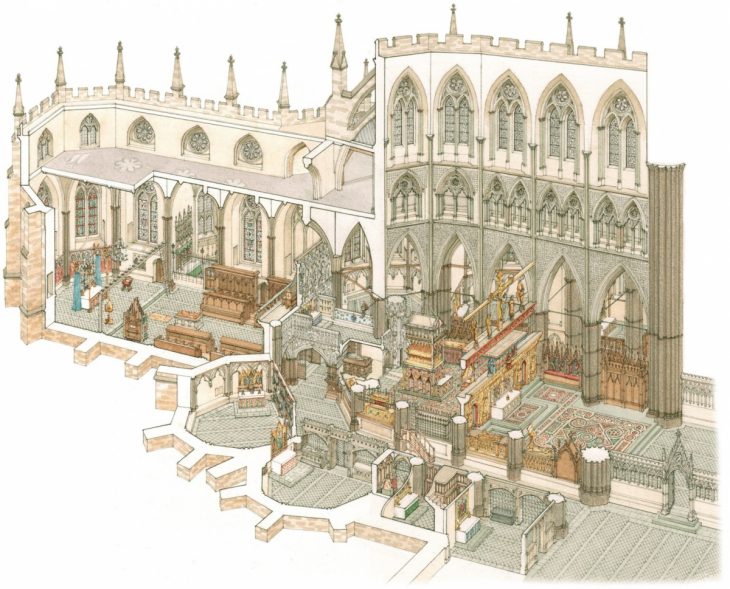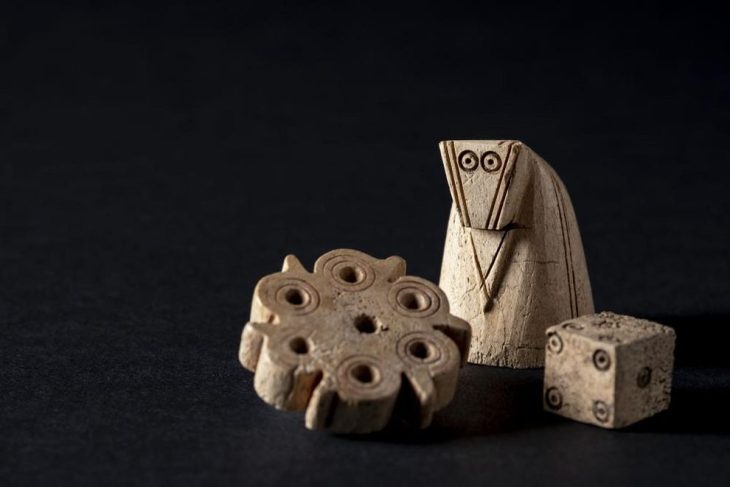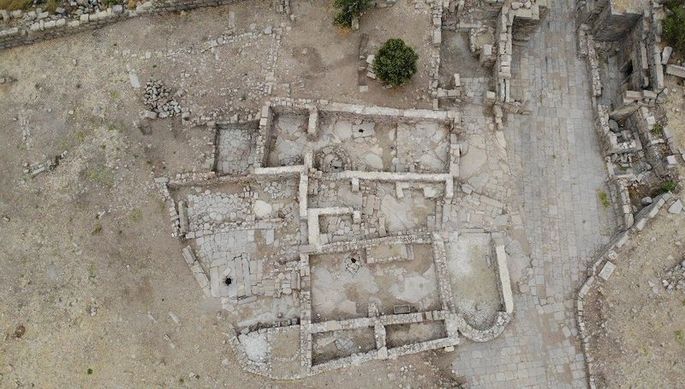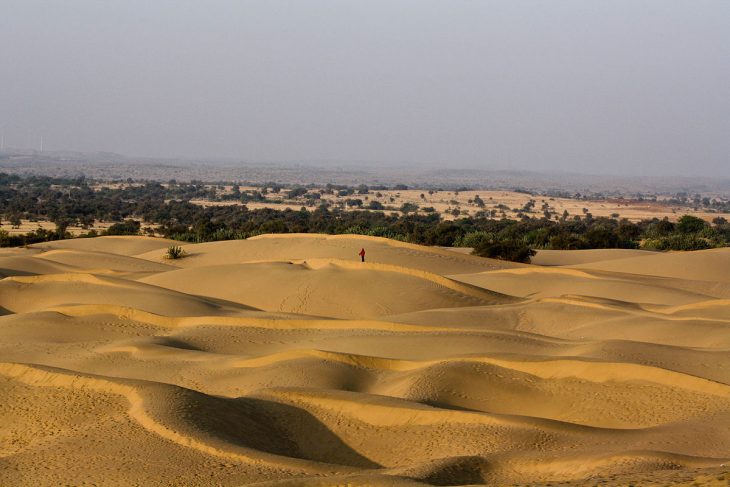The good news continues to come from the ancient city of Aizanoi, located in Çavdarhisar district, 50 km from Kütahya. The work gained momentum with the recent discovery of the agora gate, just 100 meters (328 feet) from the city’s famous historic Temple of Zeus.
Kütahya Governor Ali Çelik stated that the newly unearthed agora gate means the ancient city will gain the title metropolis.
An “agora,” literally “gathering place,” is a major public space in ancient Greek city-states that serves as the hub of the city’s athletic, artistic, commercial, social, spiritual, and political life.
Further investigation of the not yet unearthed parts of the historical city, which is on UNESCO’s World Heritage Tentative List, with underground radar systems showed that around 80% of the site still remains under the earth, said Çelik.
One of the most significant parts of the city that distinguishes Aizanoi from other Roman towns is the stadium next to the theater area, which makes the city a metropolis according to Çelik.
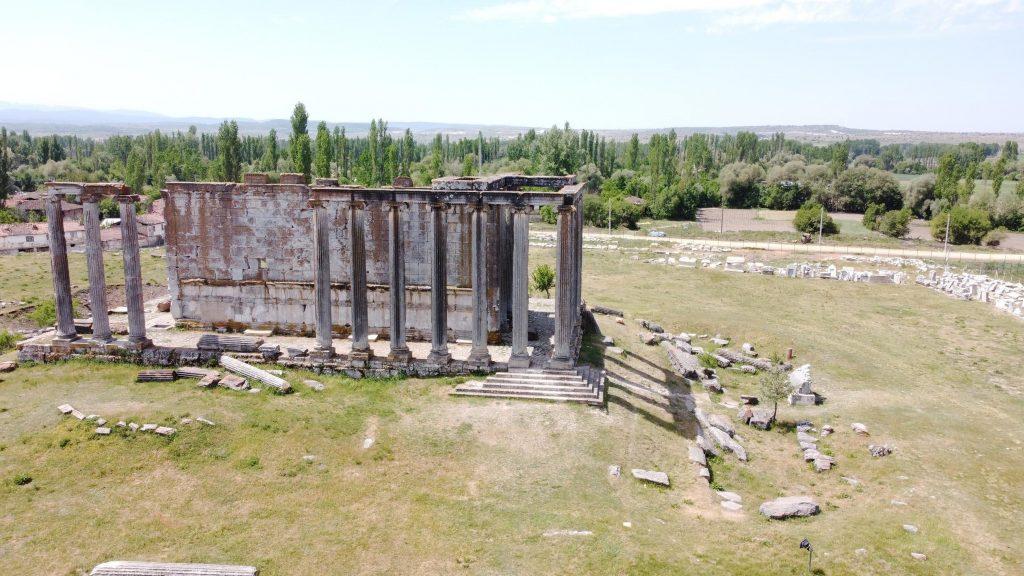
Çelik noted that the entrance and floor of the Agora were excavated during digs last month.
“From next week, we will speed up the process by adding 50 to 60 people to the 100 person team. The important thing after this stage is to get the surveys quickly and start the restoration,” he told Demirören News Agency (DHA).
“It is one of our main goals to start the restoration on the stage part of the theater this year.”
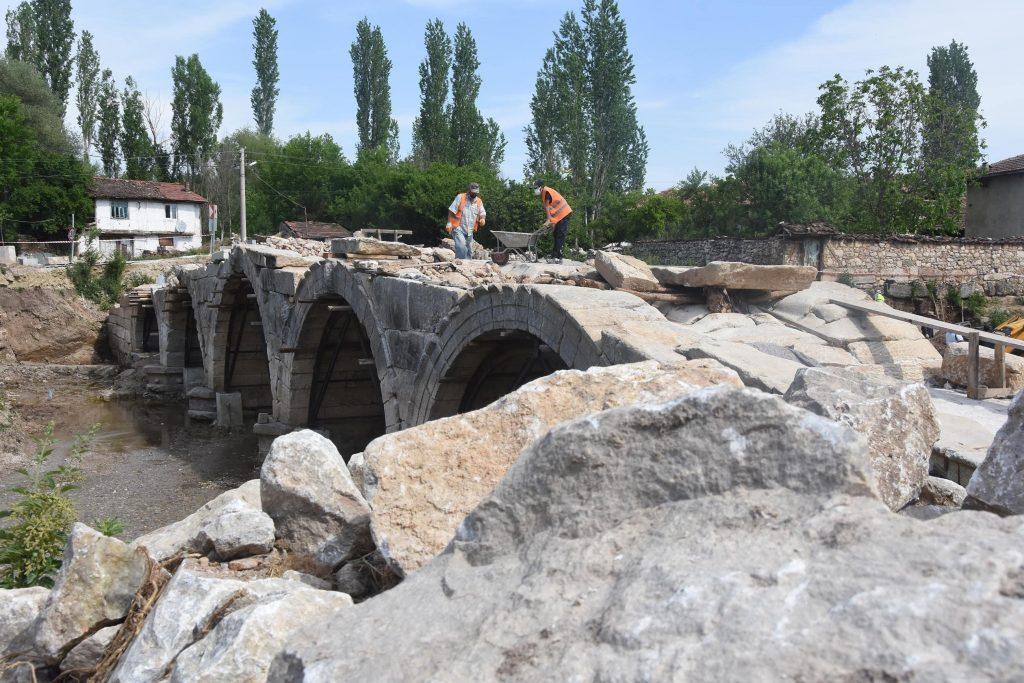
Aizanoi was the major city of the Aizanitis people in ancient Phrygia, with a history dating back to 3,000 B.C. The territory was ruled by Pergamum and Bithynia throughout the Hellenistic period but was conquered by the Romans in 133 B.C.
The site is home to one of the best-preserved temples in Anatolia dedicated to the chief Olympian god Zeus of ancient Greek mythology.
Aizanoi Ancient City, Zeus Temple, Stadium-Theater Complex and Magellum (World’s First Known Stock Exchange Building), 2 Roman Baths, Antique Dam structure, Colonnaded Street, 2 Roman Bridges, is one of the most important cities of the Roman Period.

